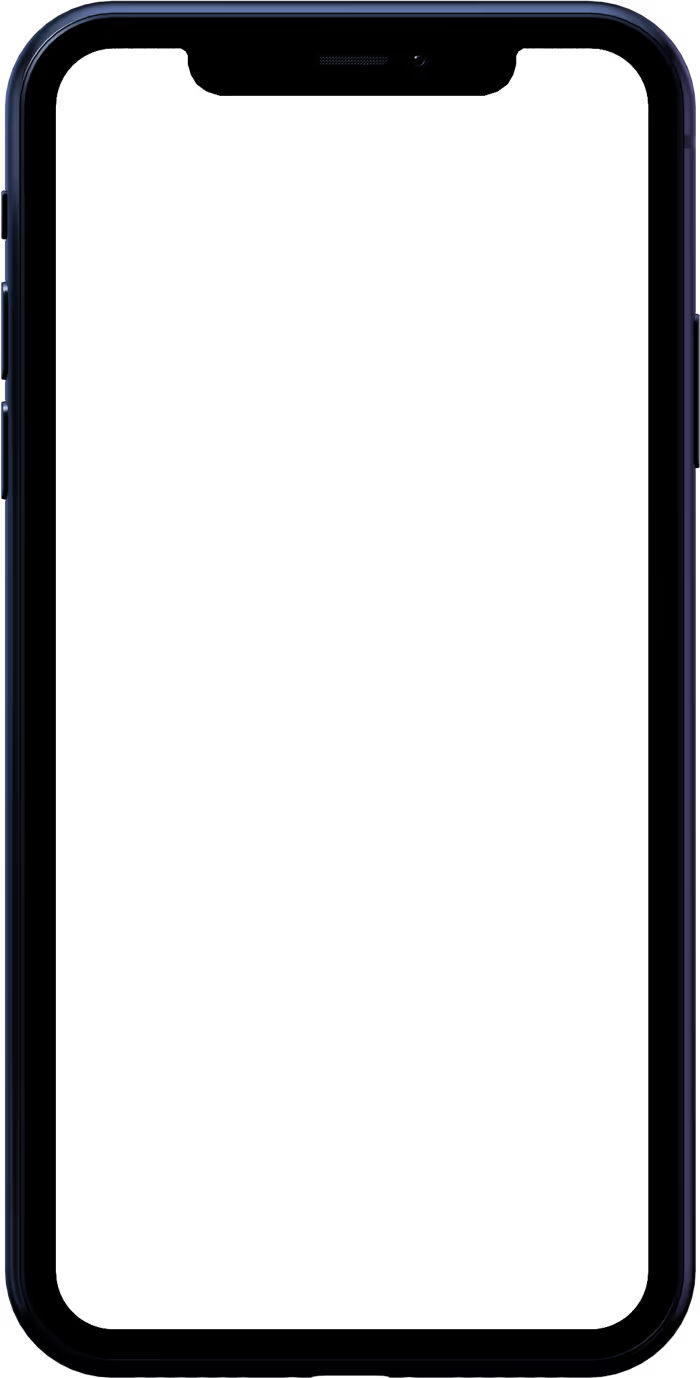Whole-body imaging for timely assessment and intervention in critical cardiopulmonary events.
An integrated imaging solution that never leaves your side. Assess acute dyspnea and heart function, guide chest-tube and CVC placement.



Perform ultrasound-guided procedures with confidence.
Now with the world’s first POCUS Biplane Imaging™, hospitalists have the ability to see their procedure path highlighted in real-time both in-plane and out-of-plane simultaneously using Butterfly iQ+.
Ultrasound-guided procedures has been shown to lower invasive bedside procedure complication rates. For example, it can reduce the odds of bleeding complications by 68%1 during paracentesis, when compared to performing the procedure without it. Direct correlation has been made between reductions in complications such as these with reduced LOS and hospitalization costs2.
Assess heart function rapidly with Butterfly iQ+.
Focused bedside rapid TTE has been shown to accurately detect significant cardiovascular pathology and directly impact perioperative management3. Utility includes assessment of global cardiac function, and fluid status.
Demonstration of gross pericardial effusion, reduced ejection fraction, or enlarged LV are common examples of use of rapid TTE by hospitalists.




Evaluate lung health quickly.
Butterfly iQ+ gives hospitalists the ability to quickly assess lung status by the bedside. The Lung preset automatically updates for high frequency assessment of lung sliding, as well as deep assessment for A-lines and B-lines. This supports the immediate clinical investigation of dyspnea, potentially saving time, radiation exposure and time to start initial treatment.
- Mercaldi CJ, Lanes SF. Ultrasound guidance decreases complications and improves the cost of care among patients undergoing thoracentesis and paracentesis. Chest. 2013;143(2):532-538. doi: 10.1378/chest.12-0447.
- Researchgate
“The ability to use POCUS for an estimate of the patient’s heart function within 2 minutes, as opposed to waiting 48 hours before the echo’s read, has been an absolute game changer for the patients and myself as well.”
Hospitalist, Inova Fairfax Hospital VA
Clinical evidence.
Journal of Hospital Medicine
A position statement on the use of point-of-care ultrasound by the Society of Hospital Medicine.
American Journal of Medicine
Bedside imaging changes critical patient management decisions in up to 37% of patients.
Journal of Hospital Medicine
Top use cases for POCUS in Hospital Medicine, aimed at making specific diagnoses for well-defined clinical scenarios.
Get started with Butterfly iQ+.


Approach to dyspnea.
Join Dr. Mike Stone as he shares his approach to the undifferentiated dyspneic patient, using Butterfly iQ+ at the bedside.


Normal Sliding and A-Lines
In this video, Dr. Mike Stone demonstrates the appearance of normal lung sliding and A-line pattern in a patient without underlying lung pathology.


Peripheral IV Access.
Dr. Mike Stone demonstrates his approach to identifying suitable upper extremity veins for intravenous access, using iQ+.
These videos are for informational purposes only, to demonstrate potential uses of the Butterfly probe They are not a substitute for professional clinician training and experience. Clinicians are solely responsible for patient care and for exercising their independent clinical judgement at all times.
Dr. Gordon Johnson
Supporting the clinical exam with imaging findings is a rapid way to support differential diagnoses. Dr. Gordon Johnson shares his experience on how POCUS influences his bedside care patient management.

